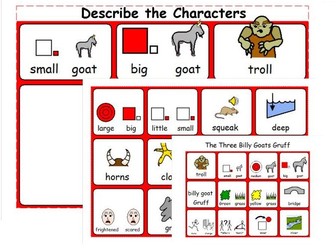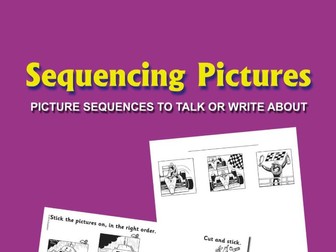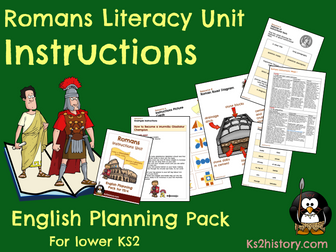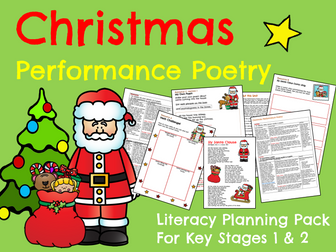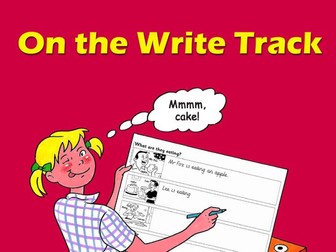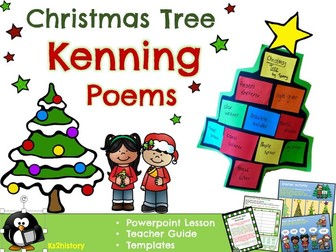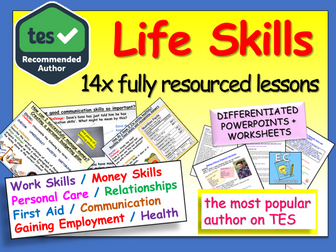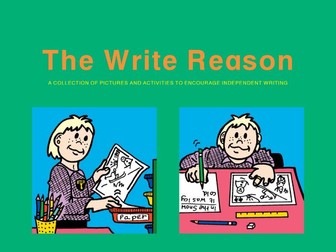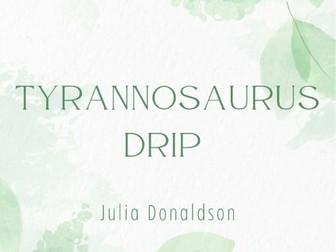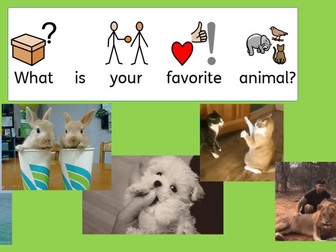
Colourful Semantics: The Three Little Pigs
The Three Little Pigs themed colourful semantics. The cards help struggling speakers and writers to retell a familiar tale, giving them more confidence when they write.
Colourful semantics is an approach created by Alison Bryan. It is a great way to support children who struggle to write independently.
Colourful Semantics helps children to:
•Develop a wider vocabulary
•Make sentences longer
•Develop use of nouns, verbs, prepositions and adjectives
•Improve story telling skills
The colour scheme relates to the types of words in a sentence: Who? (noun) Doing? (verb) What? (object) Where? (location). Children use the strips included to help them structure their own sentences.
This pack contains fairy tale specific vocabulary, including:
4 who - noun/person cards
9 doing - verb cards
9 what - noun/object cards
4 where - noun/place cards


